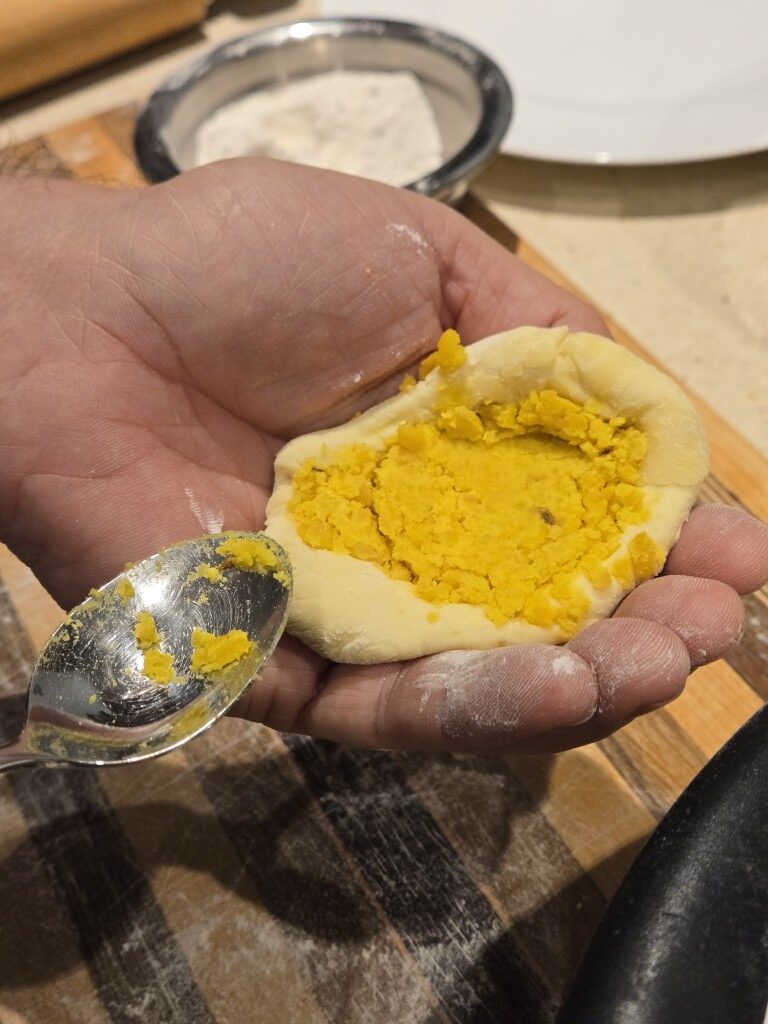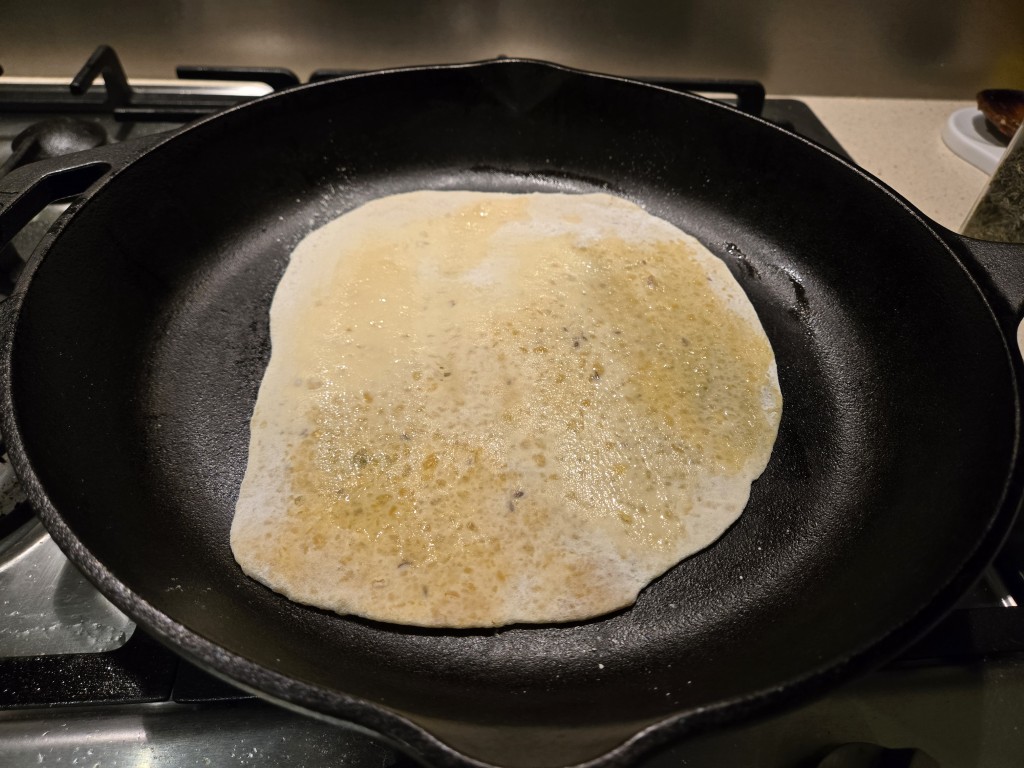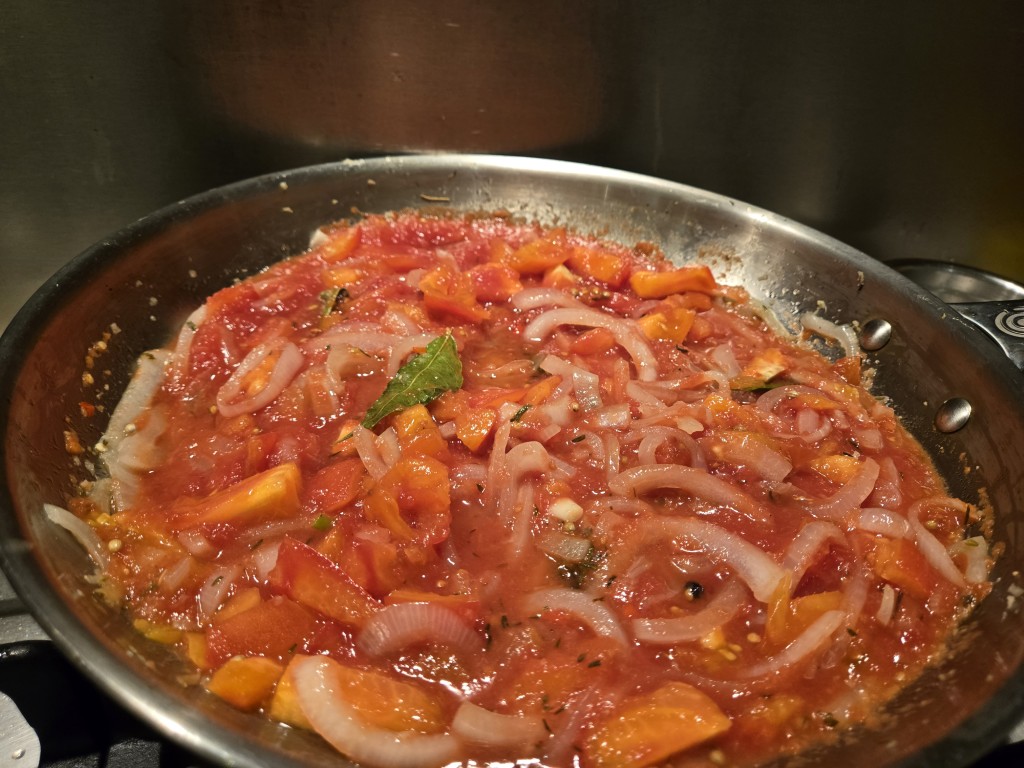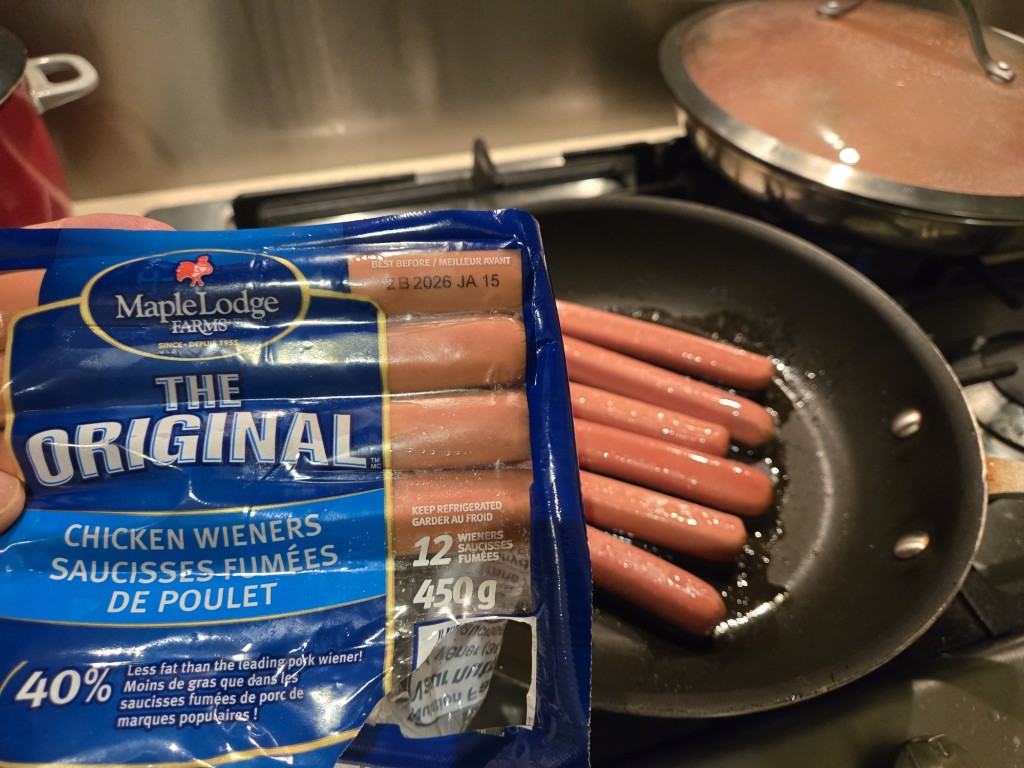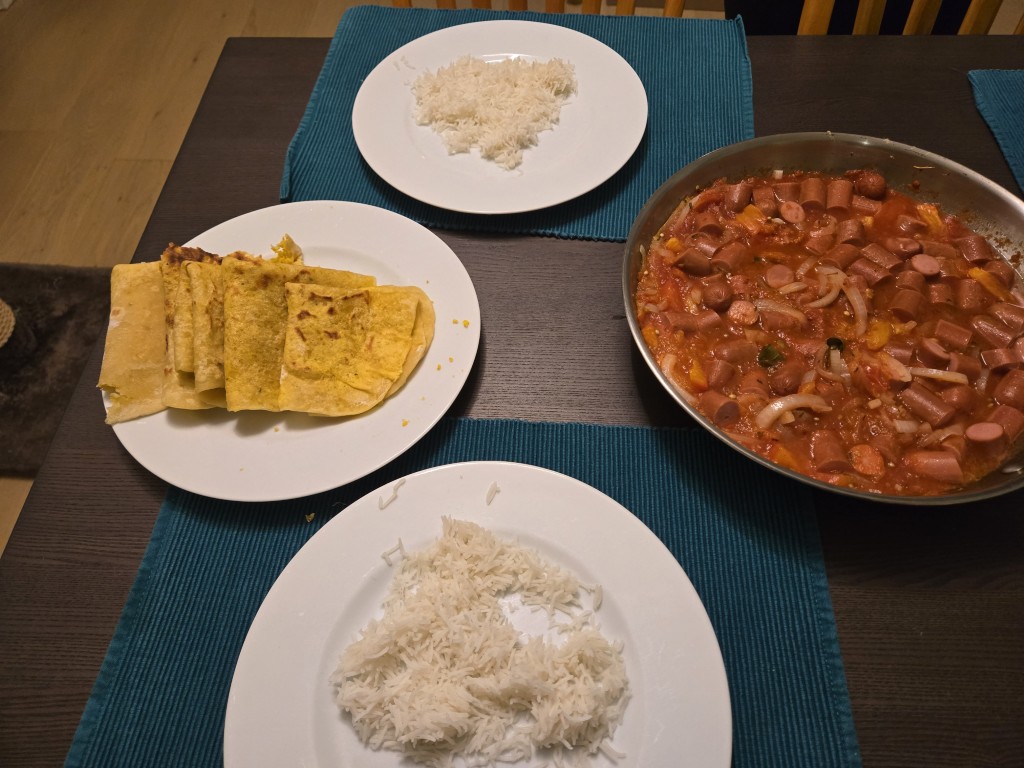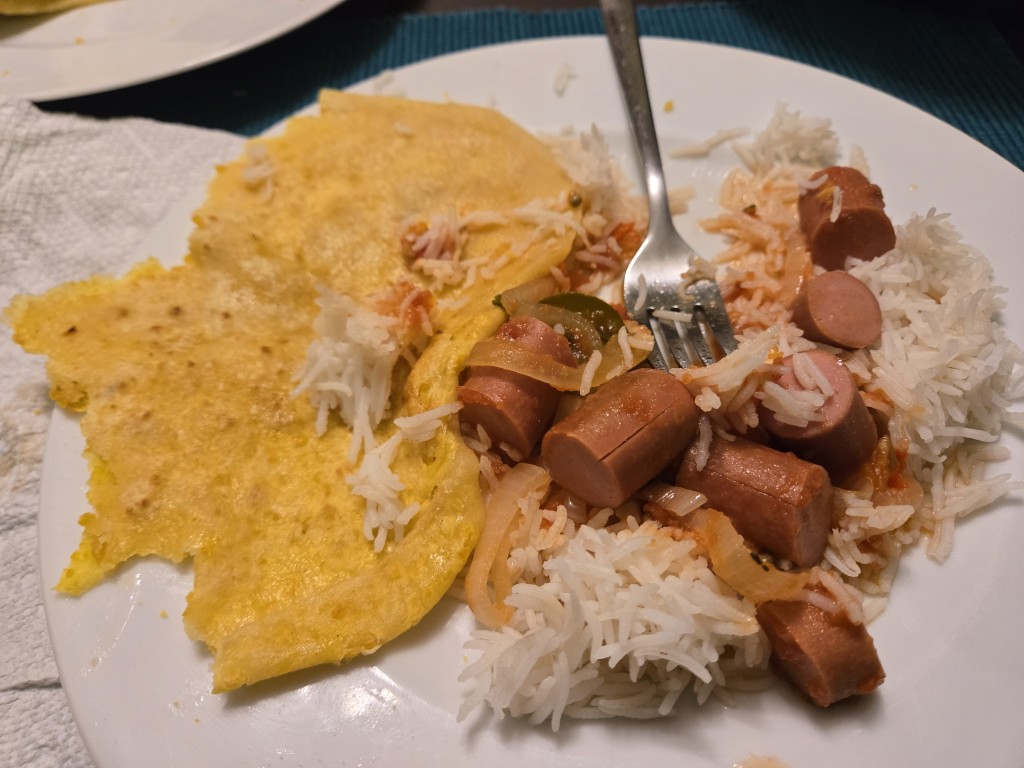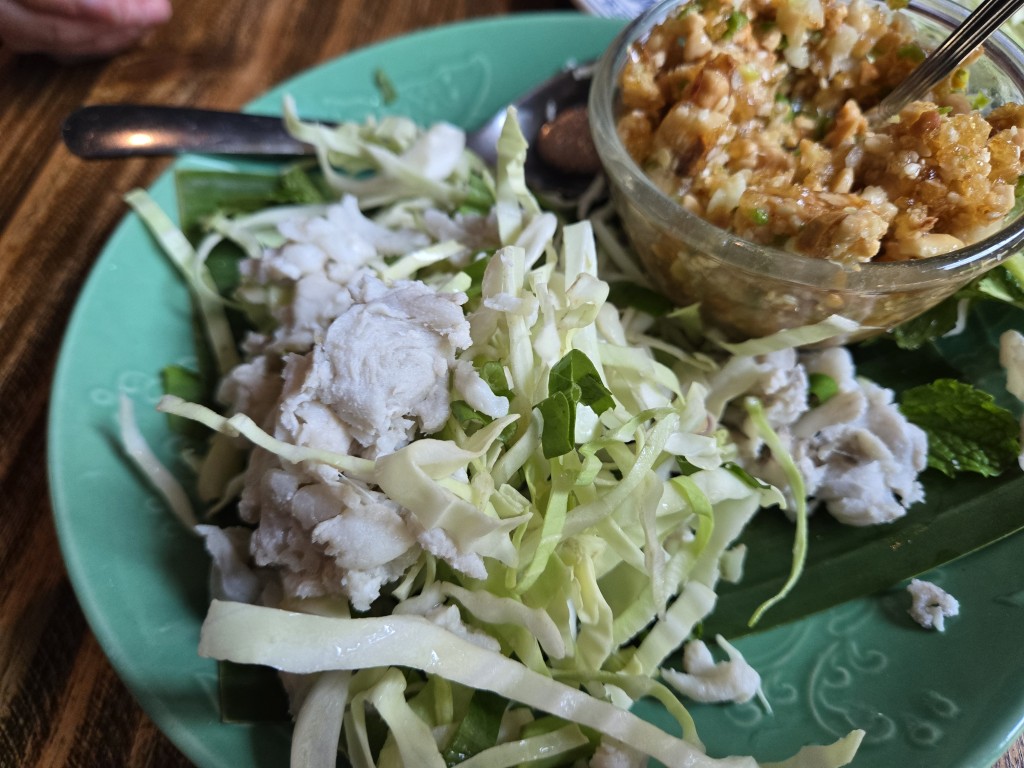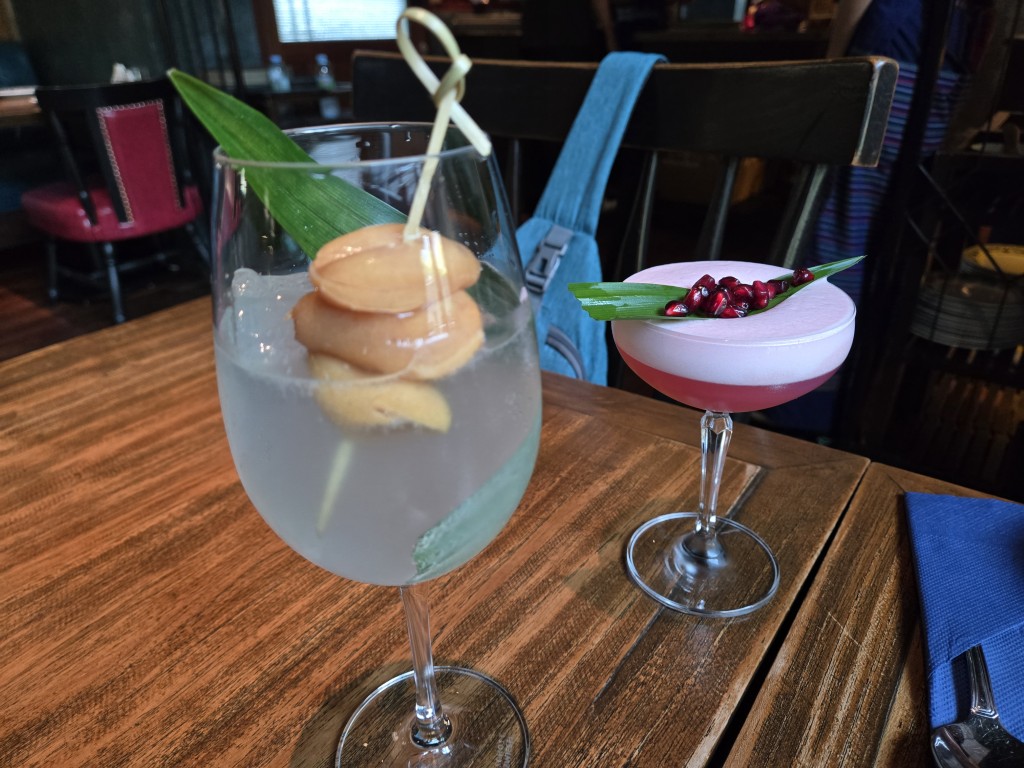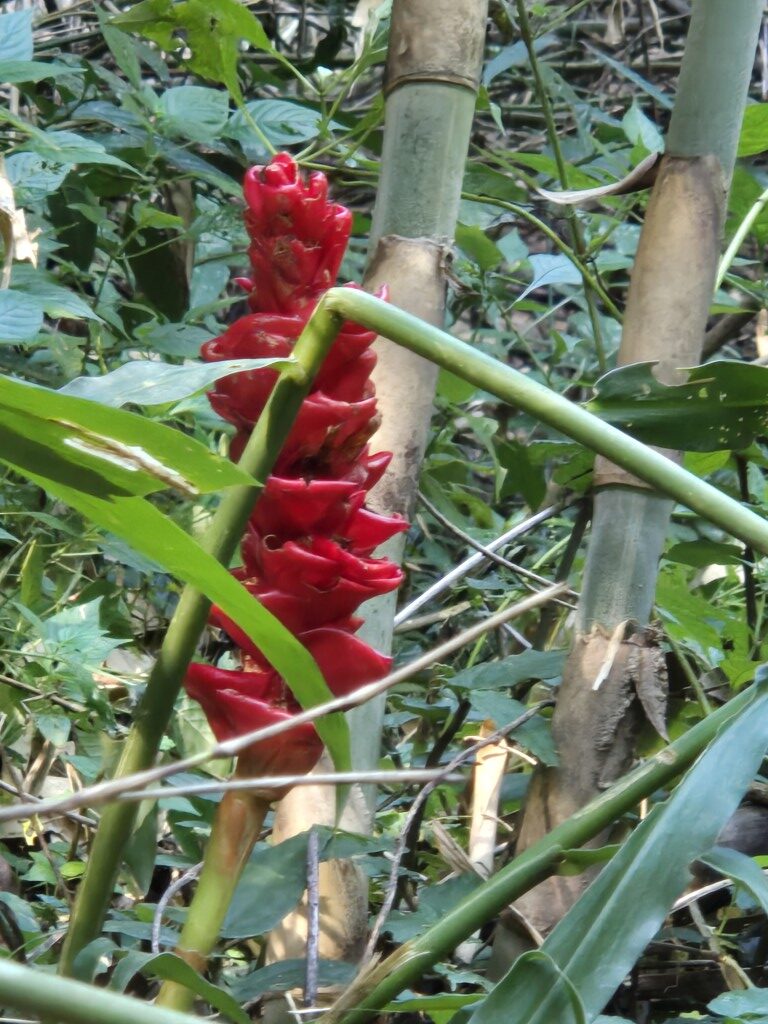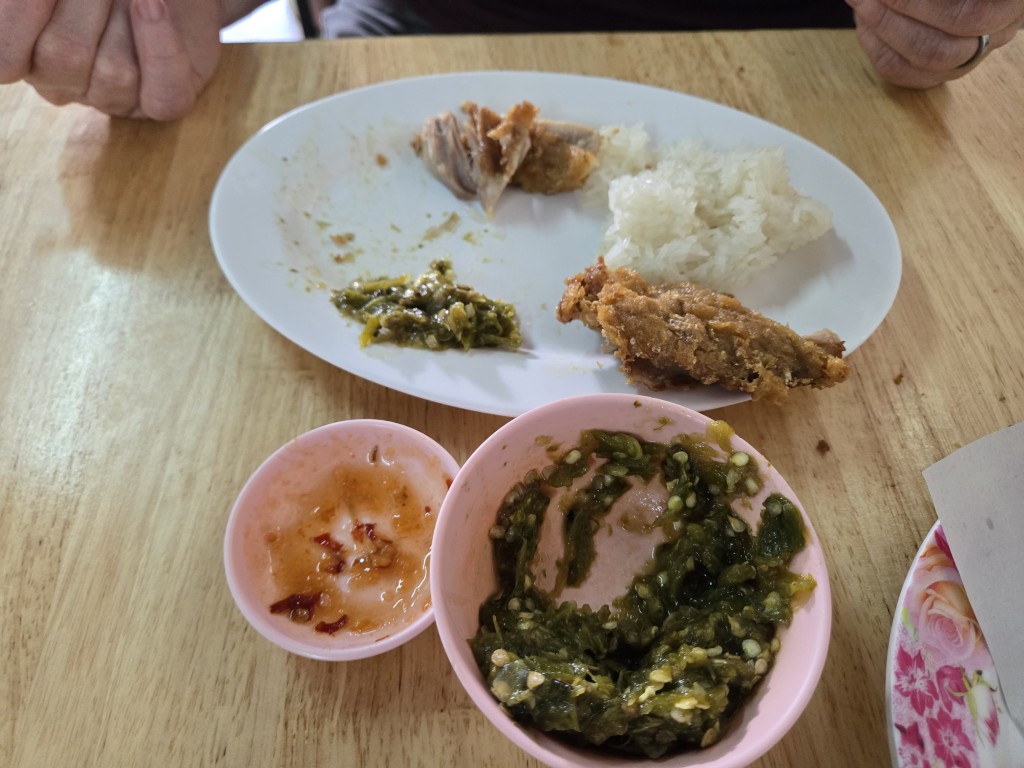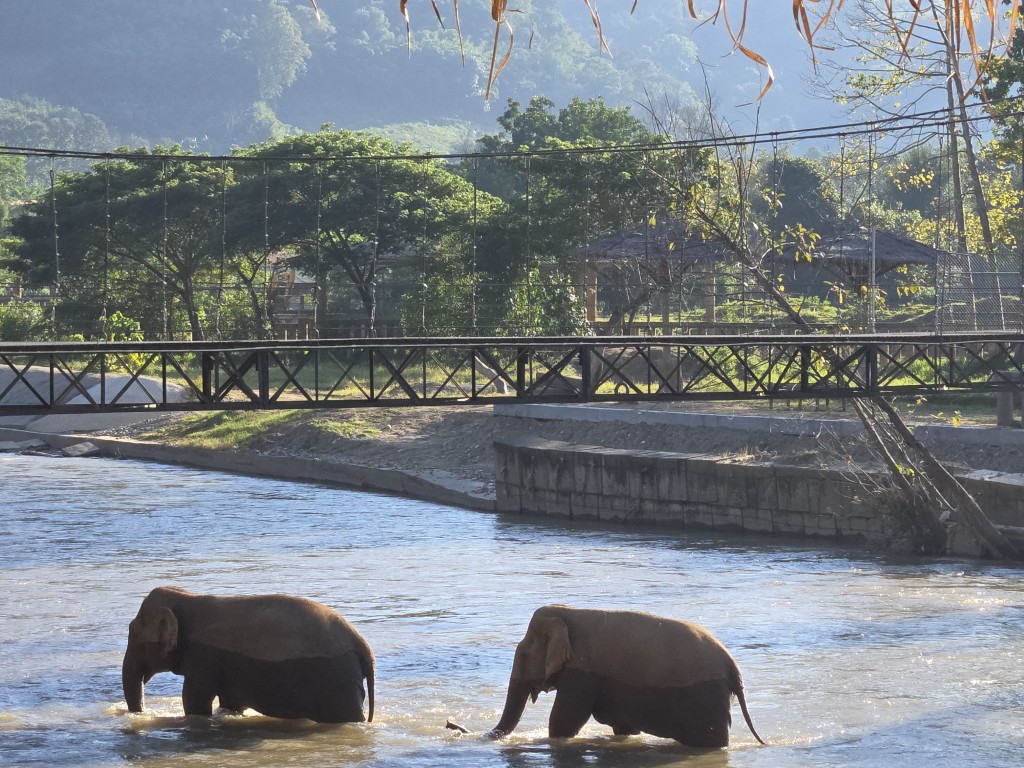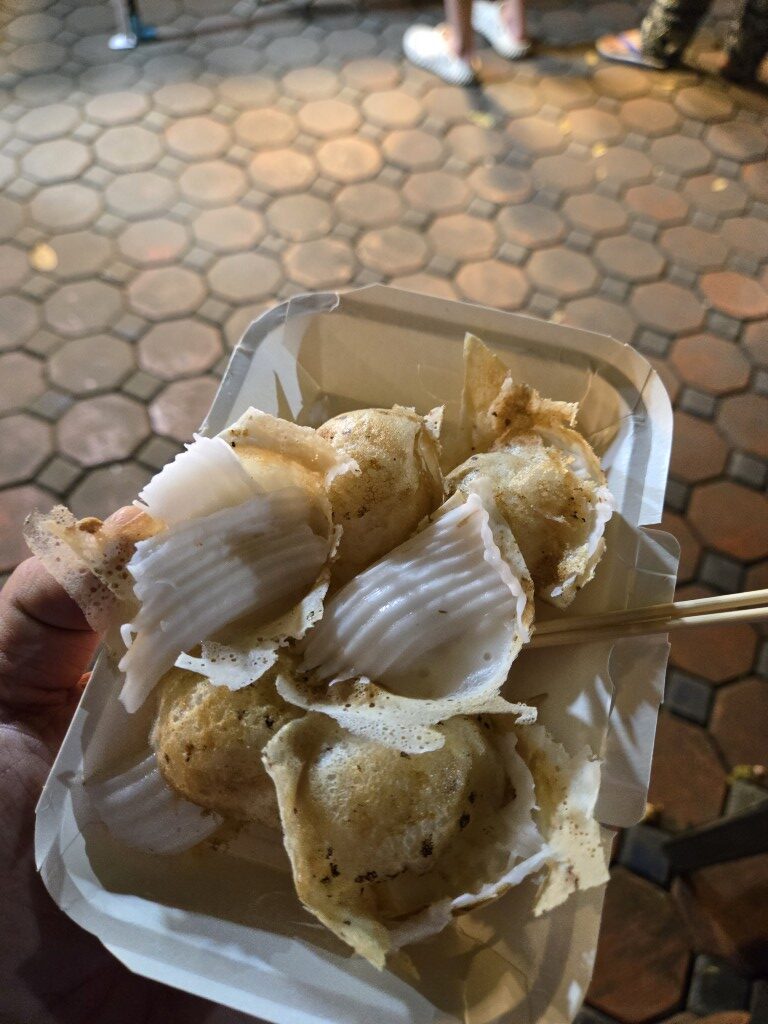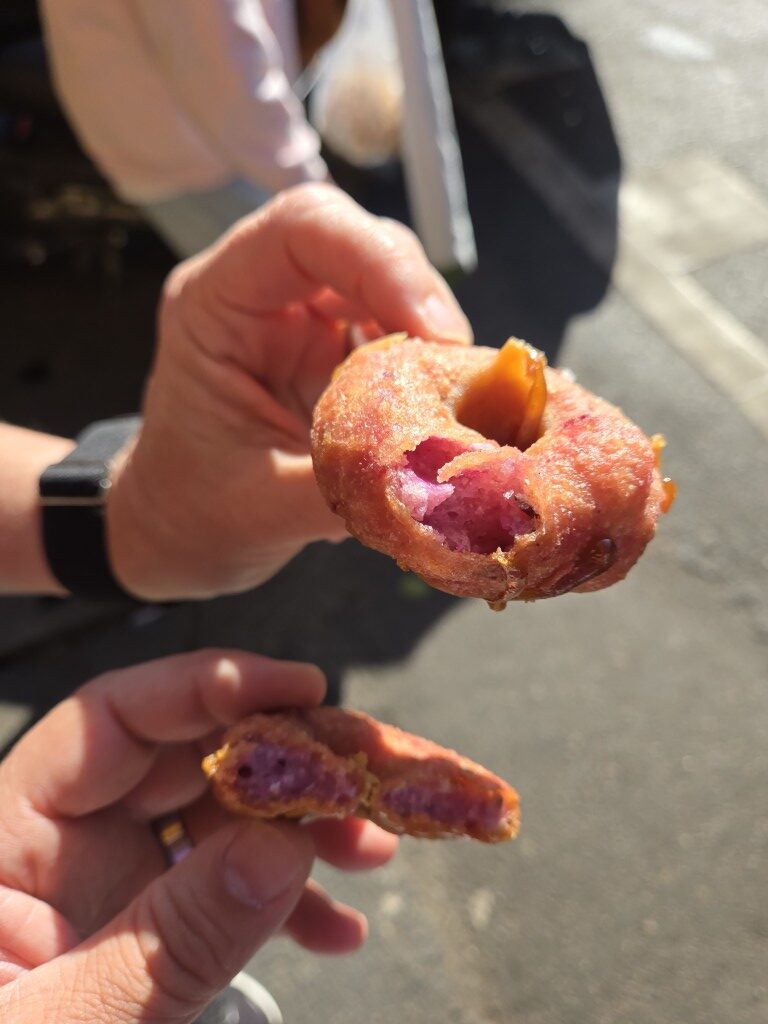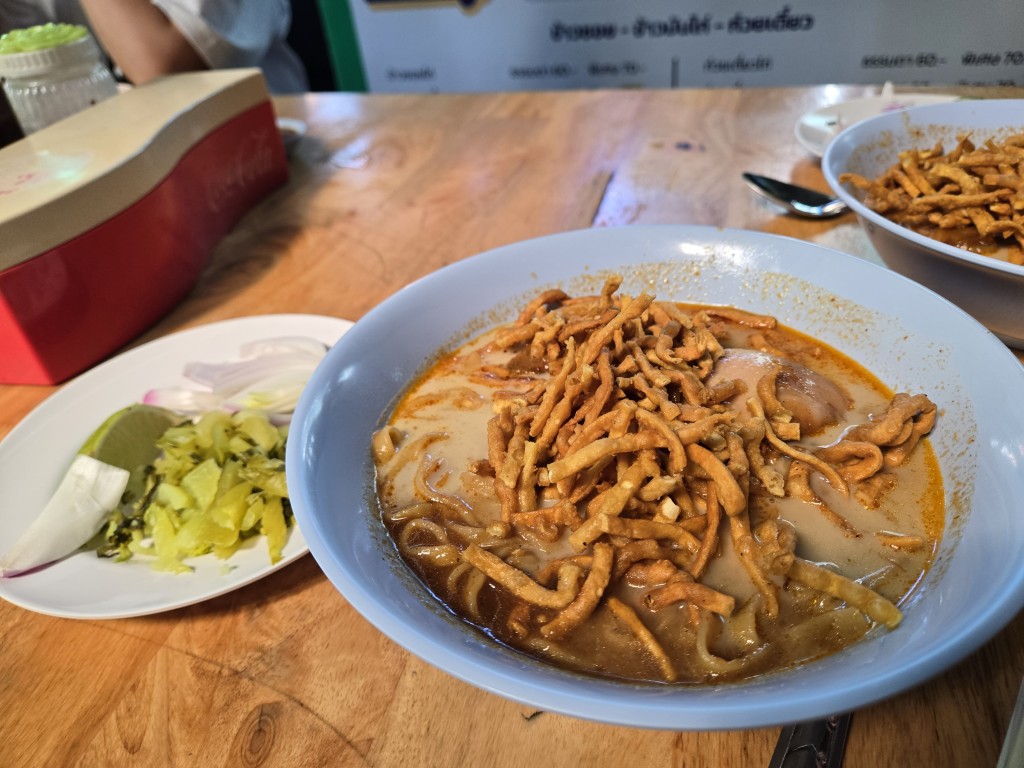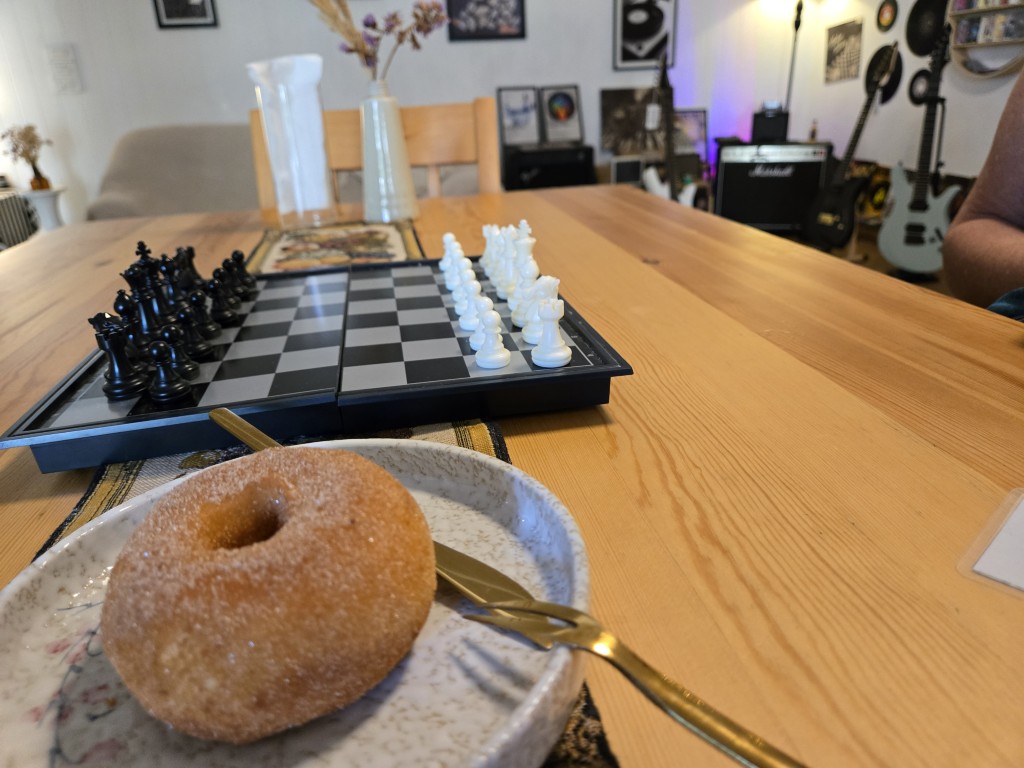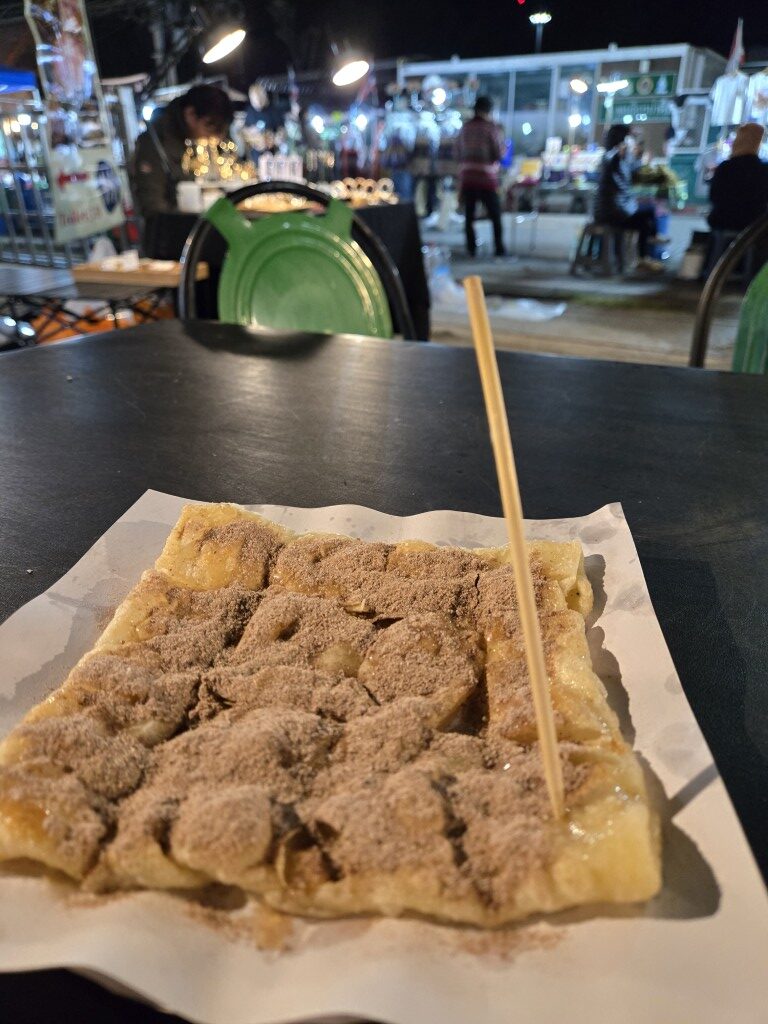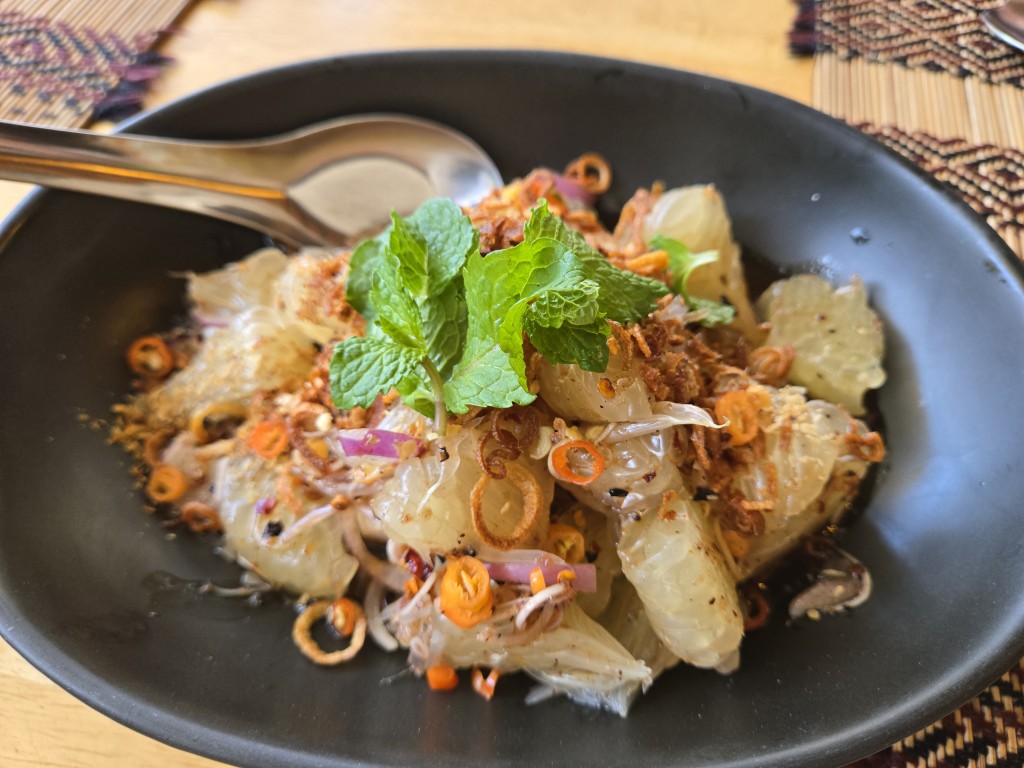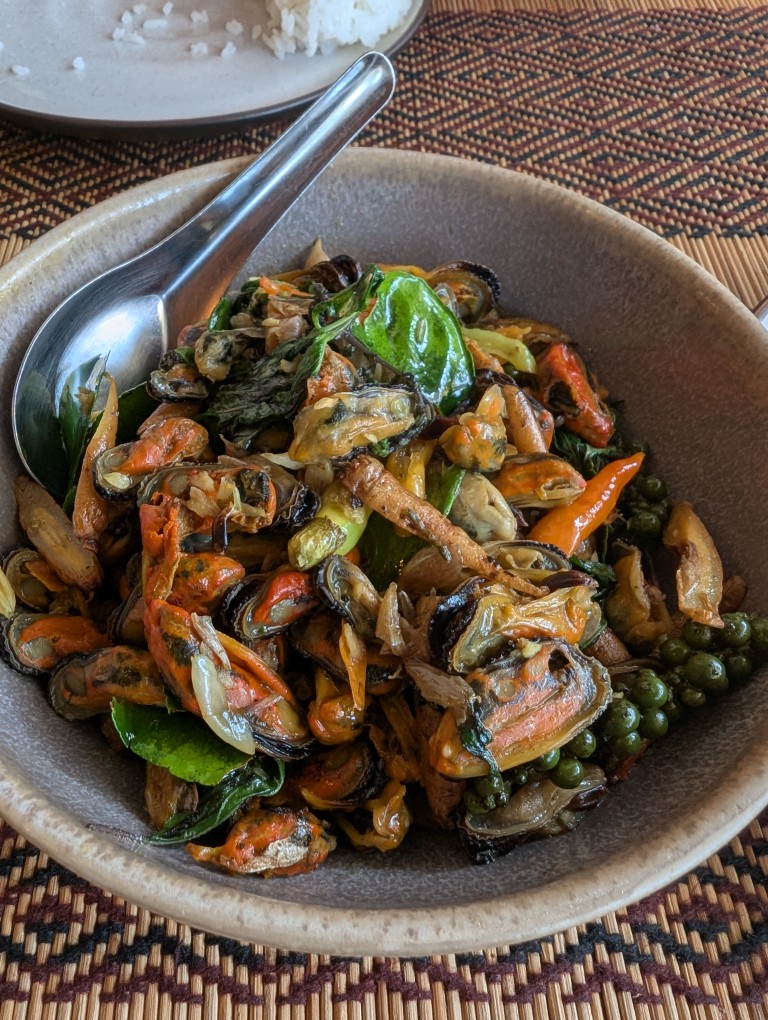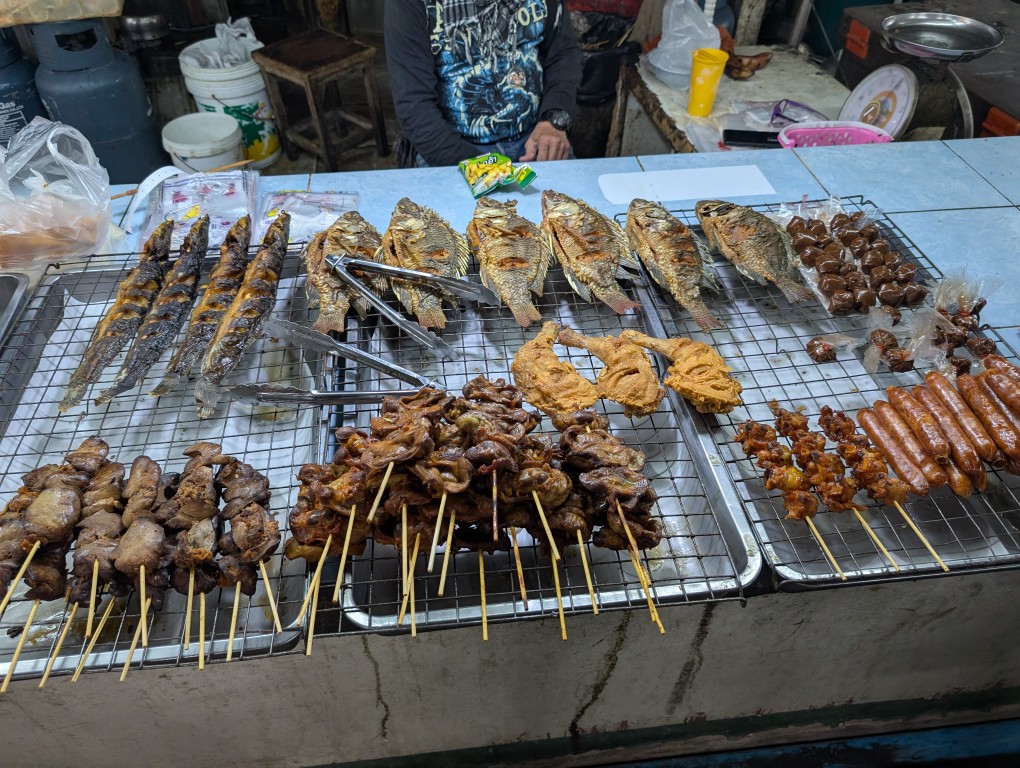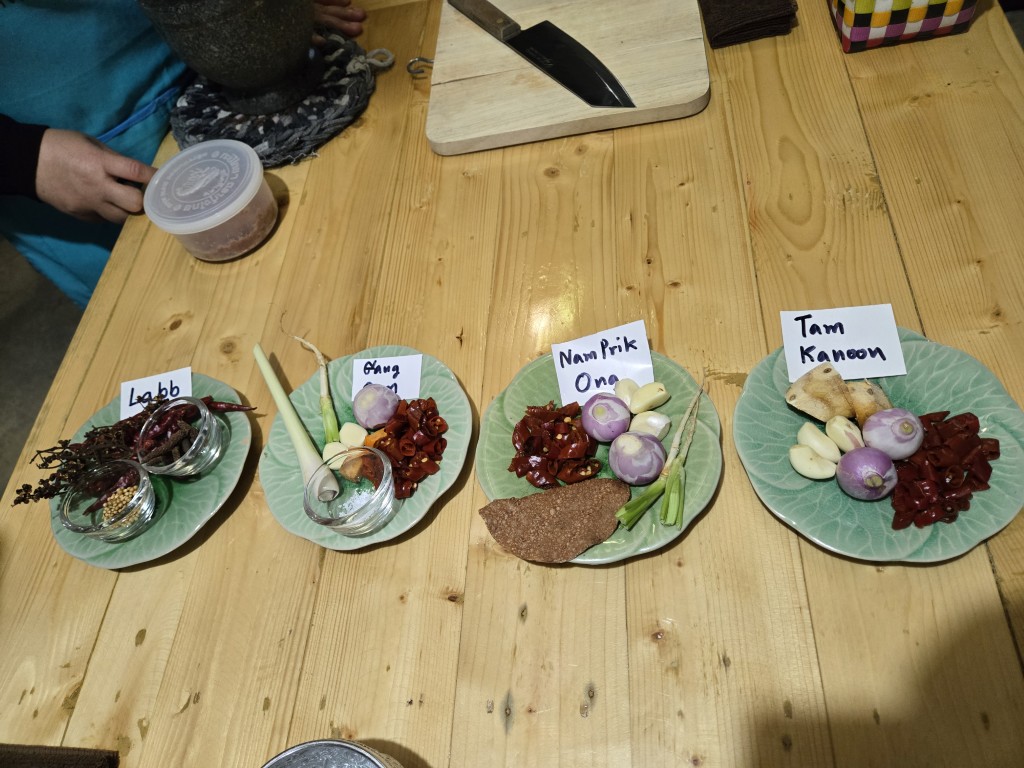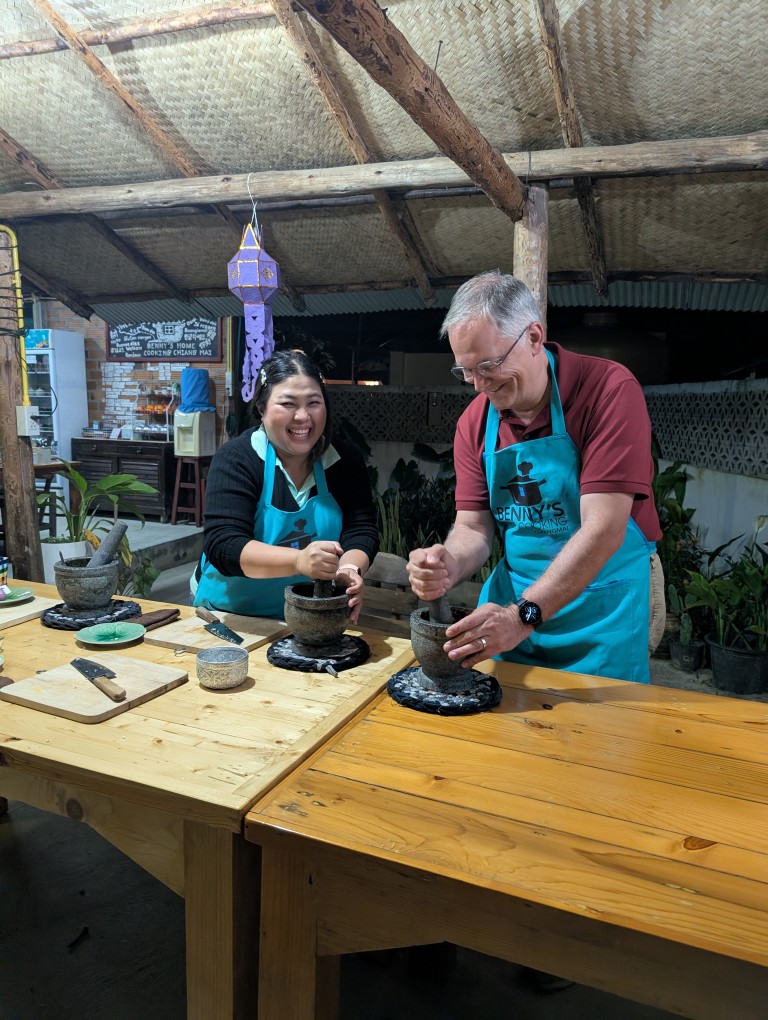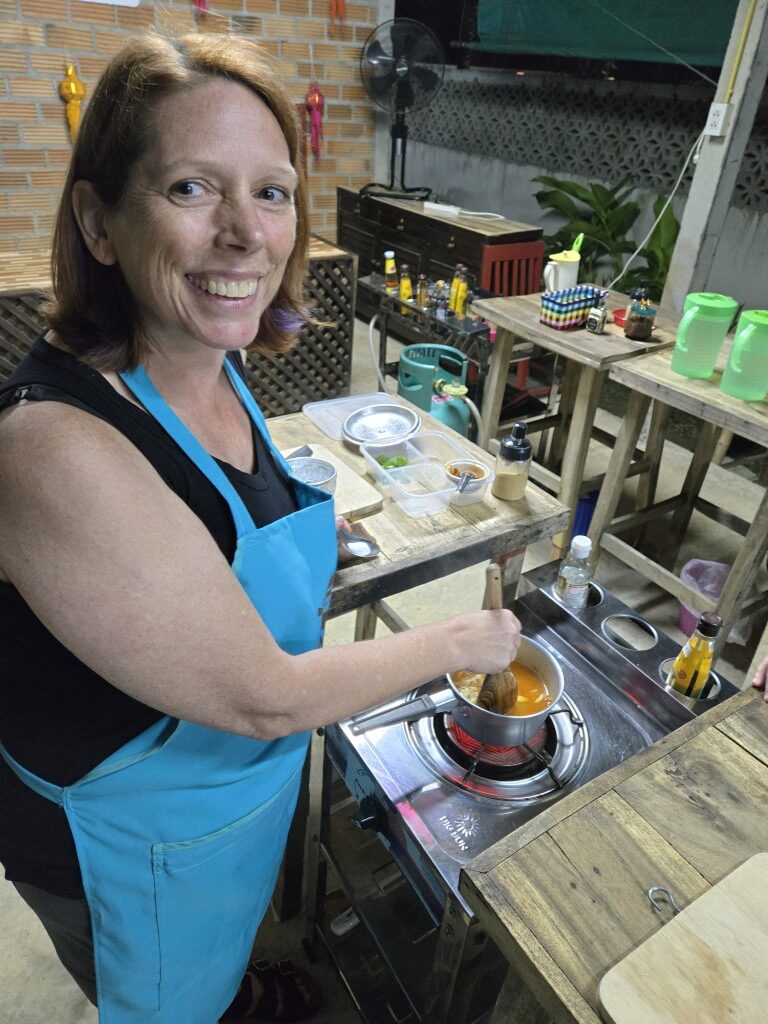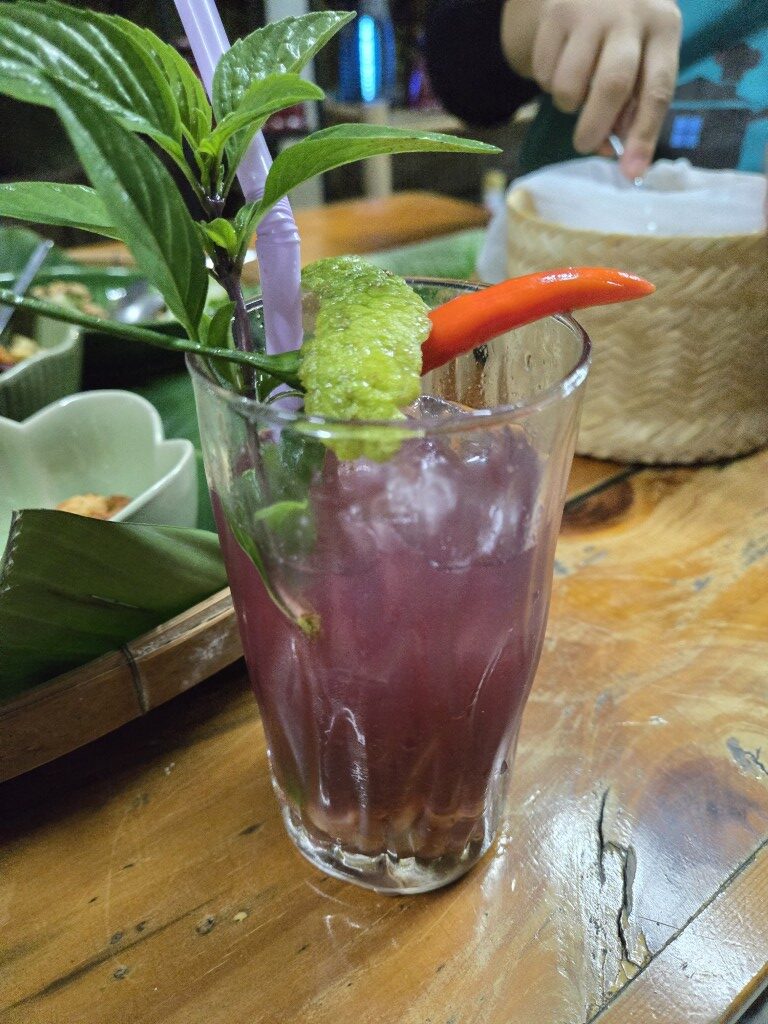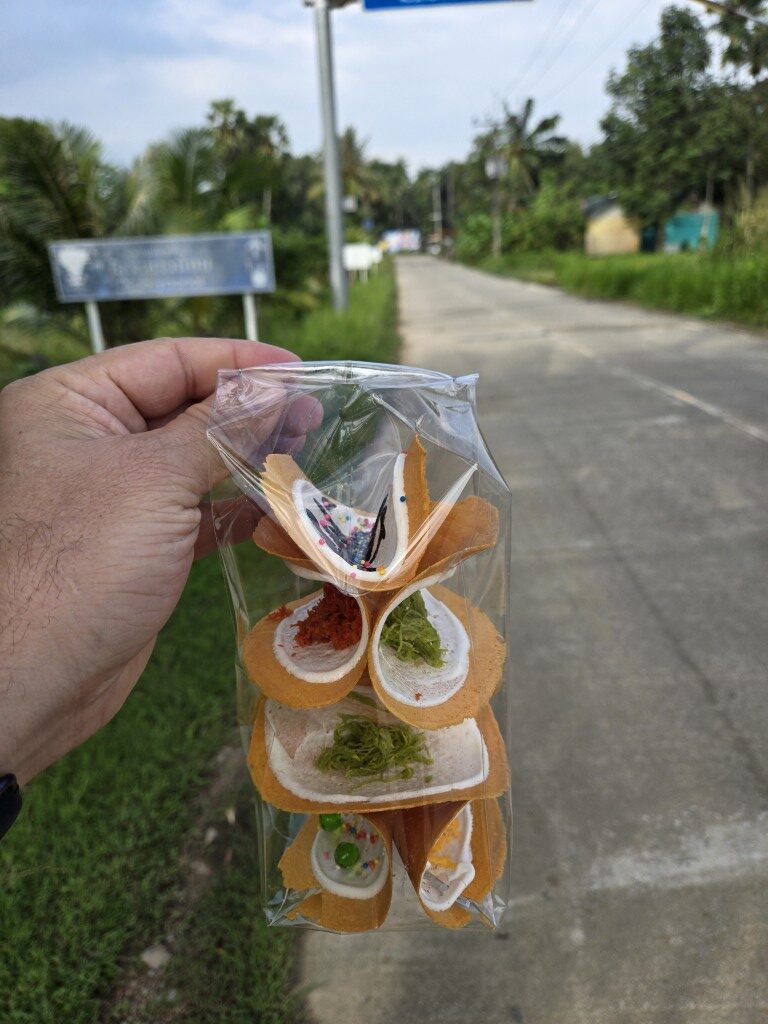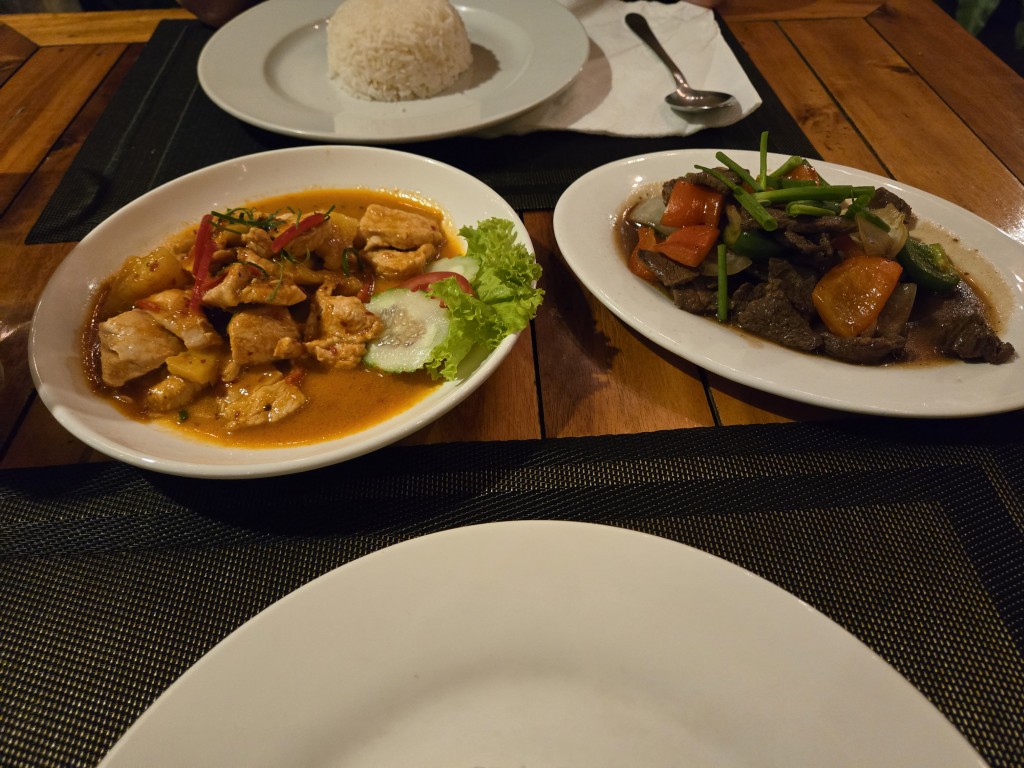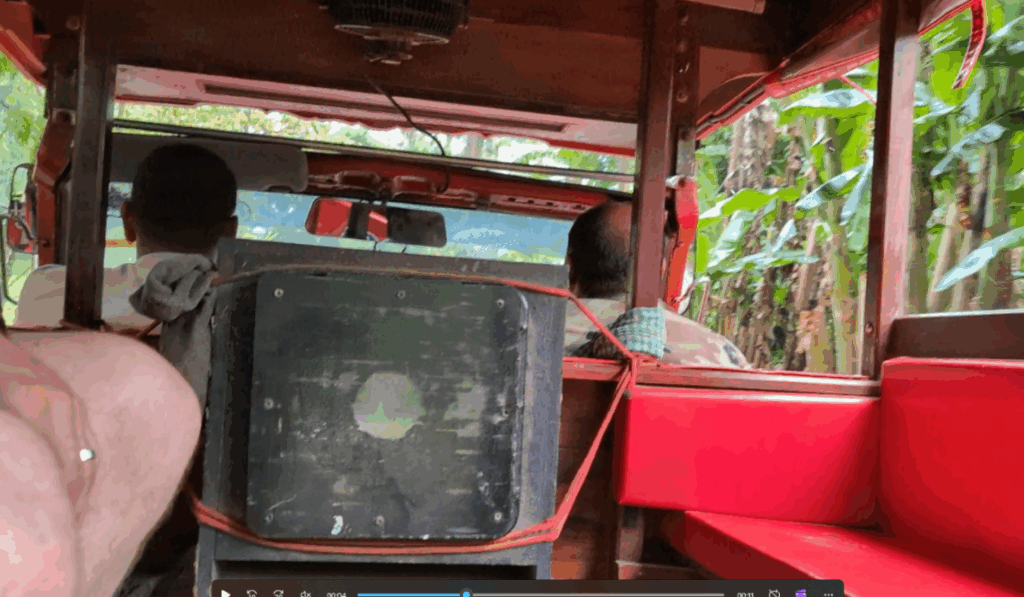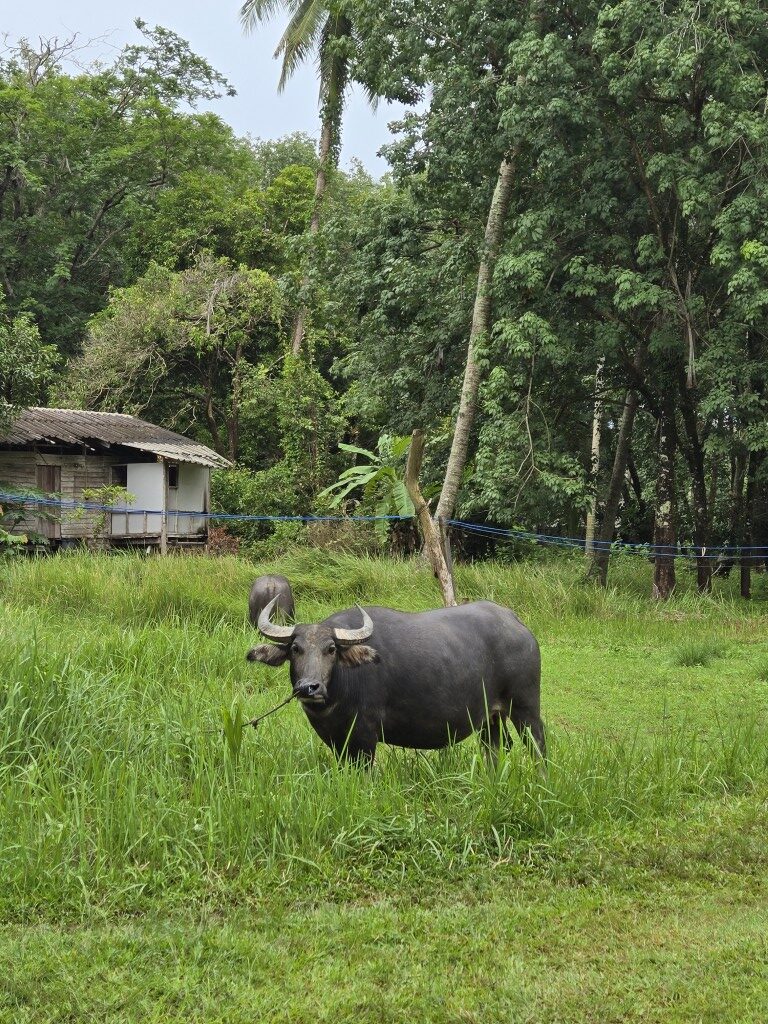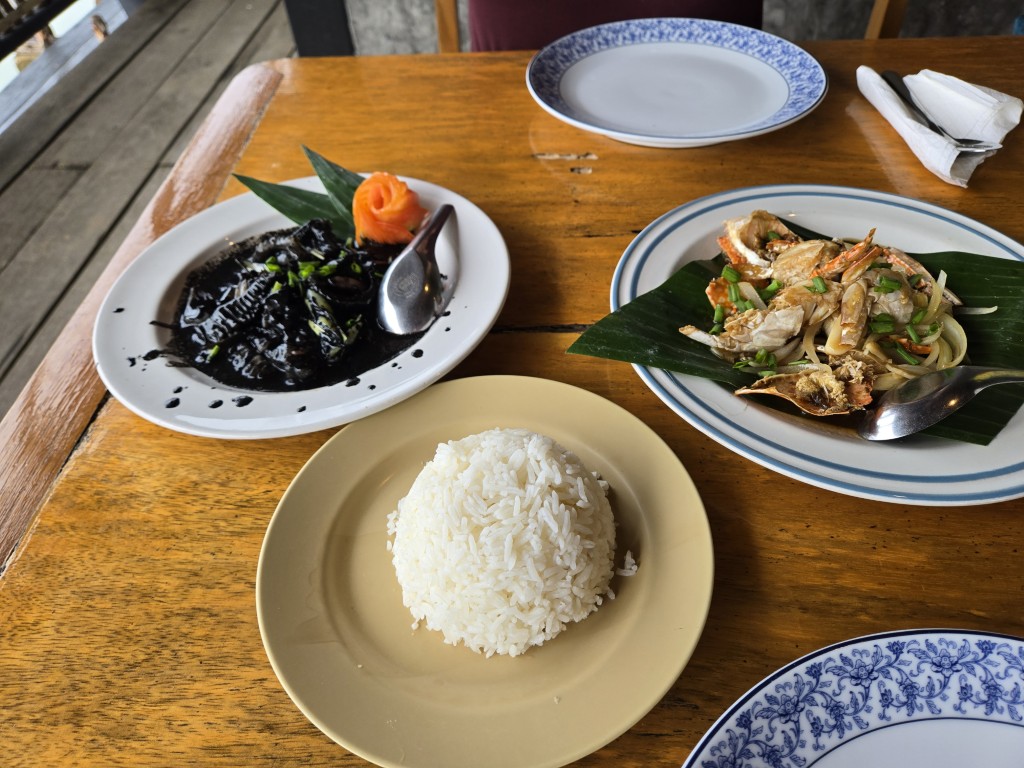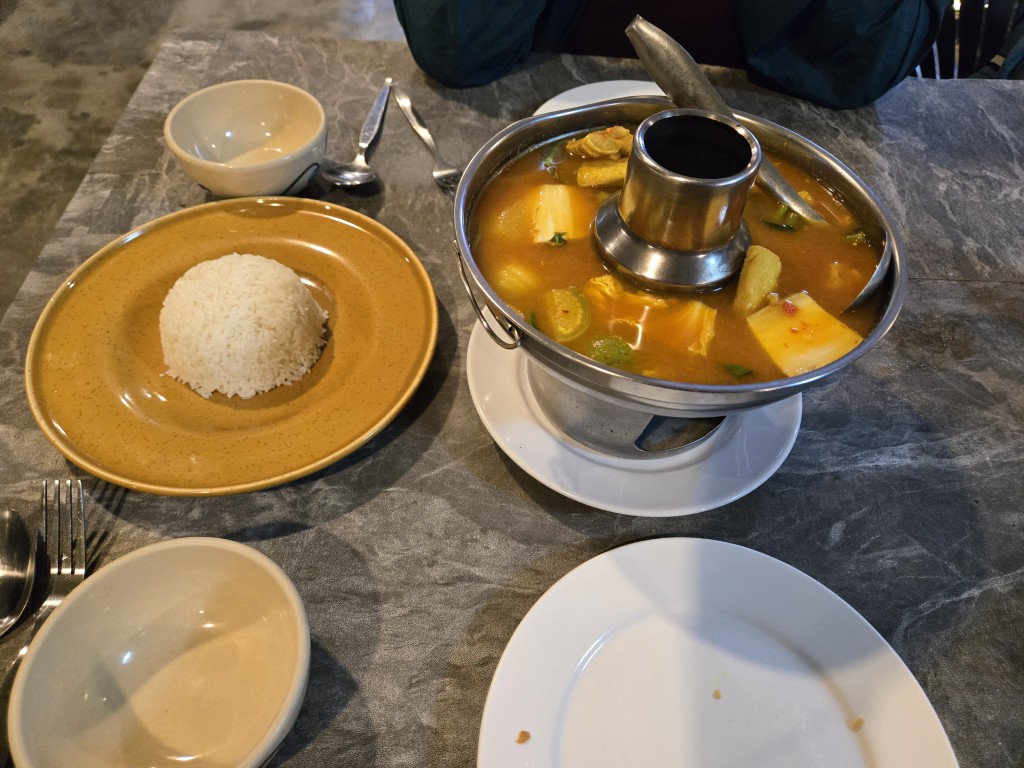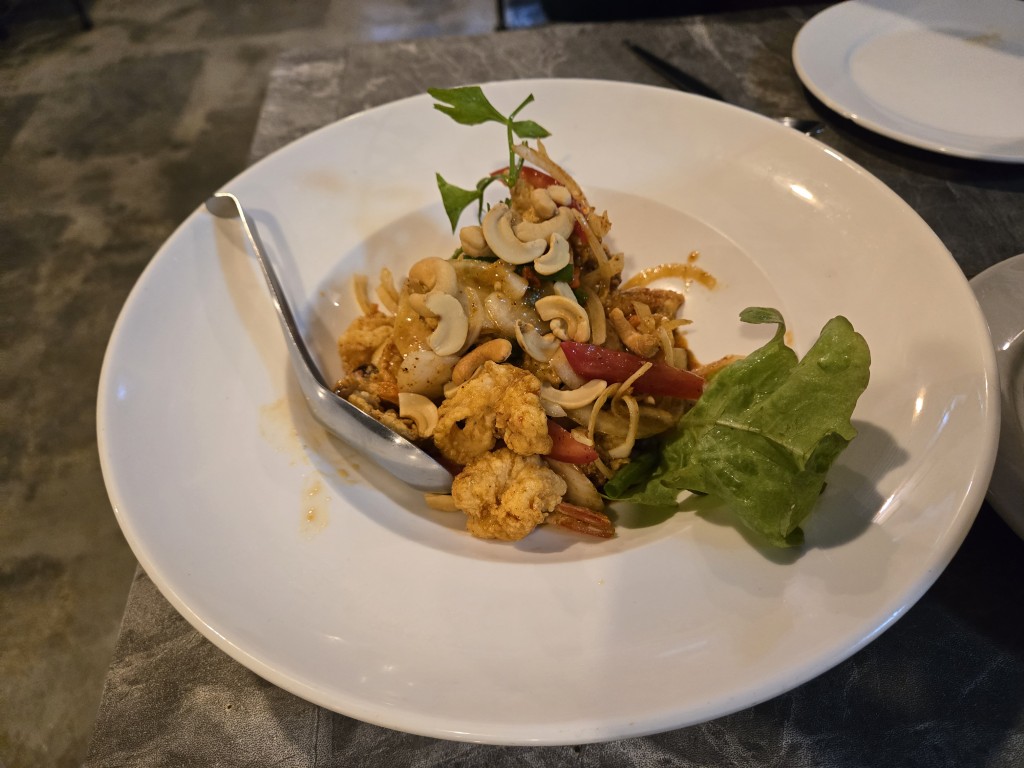When I was in grad school…
No not for the Physics degree, before that.
No not the previous one either, the one before THAT.
Dear lord, I’ve spent way too much time in college.
At any rate, ONE of the times I was in grad school, I had a fellow member of my cohort who was from Mauritius. She said that she used to have trouble at immigration control, because the country was so tiny that it sometimes didn’t appear on their list.
“I’m from Mauritius.”
“Mauritania?”
“No, Mauritius?”
“You’re from Mauritania?”
…sigh “Yes, I’m from Mauritania.”
“C’mon in!”
This was obviously a different time.
Speaking of different times, at different times, Mauritius was occupied by the Dutch, the French, the British, and was visited by the Arabs and Portuguese. There’s no evidence Zheng He ever went there, but sure, why not – let’s say he did too.
Suffice it to say, the food culture of this island is quite diverse. In terms of the national dish, the one that comes up the most often as a candidate is a lentil filled flatbread called dhol puri. And since flatbread by itself is kinda boring, we’re going to make another dish called sausage rougaille. Rougaille is a tomato based sauce that is quite common on Mauritius, and putting sausage in it is a good way to get some protein in there.
I found a website which appears to be written by an expat, so we’ll go with her recipes.
First, the flatbread. You take channa dal (split yellow lentils) and boil them. How long?
“Until mushy”.
Oh dear – it’s THAT kind of recipe is it? Ugh. Fine. How about an hour? That seemed to work.
Once the peas are properly mushy, you blend them with some tumeric, salt, and cumin seeds to make a paste.
You also make a basic flour and water dough and leave that to rest a bit. But the interesting thing there is that you use the bean water to mix with the flour.
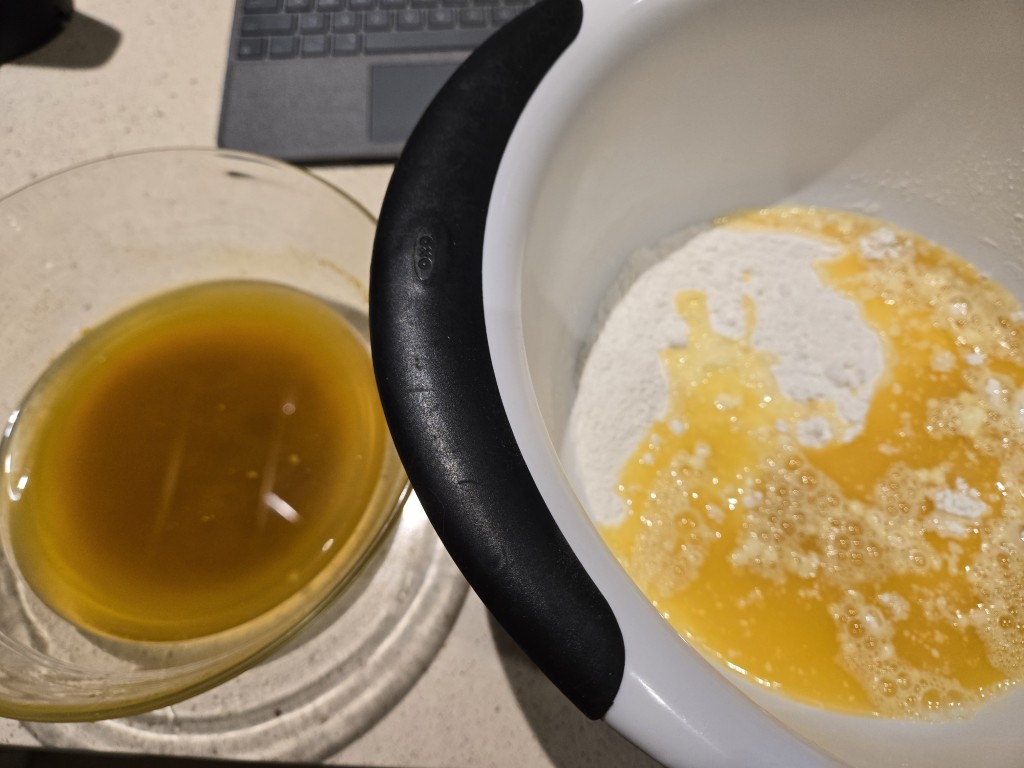
Once the dough’s had a chance to rest, you fill it with the chick pea mixture.
That gets sealed into balls, and those are rolled super thin for cooking.
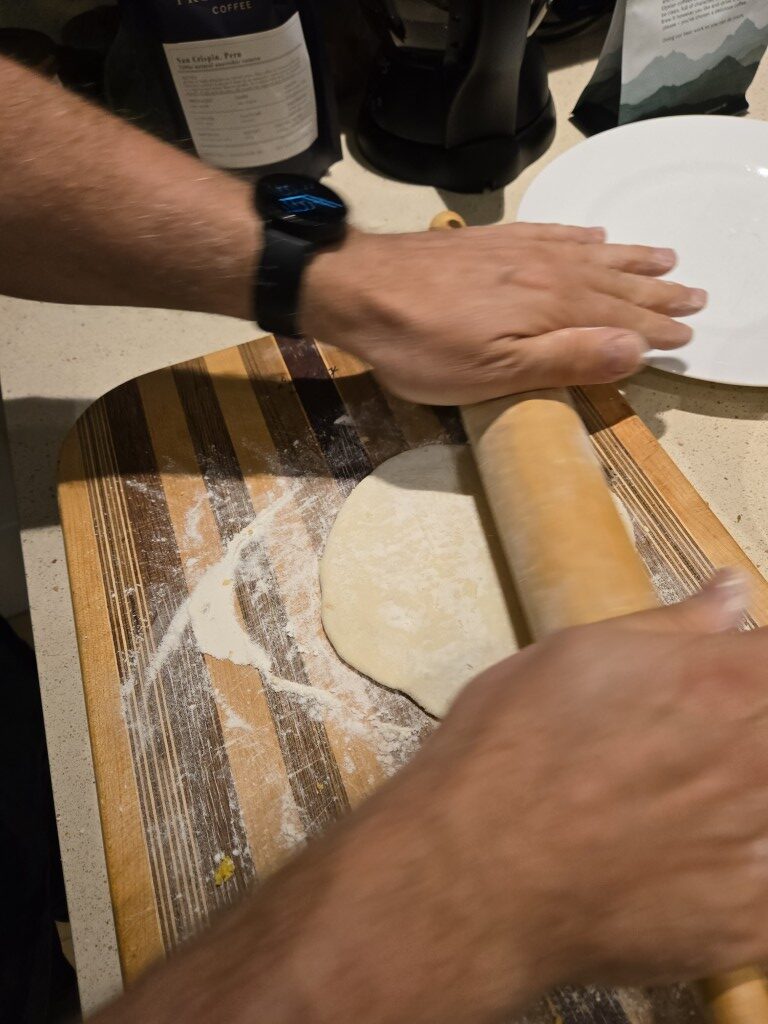
Cooking couldn’t be simpler – just grill on both sides for a few minutes each. One thing the video I watched stressed, however, is that every time you flip one of these things over, you should brush it with a little oil. I suspect a lot of the flatbreads we made for our Indian meal would have gone better if I had heeded this instruction – it really did make a difference in keeping them soft.
OK, what shall we eat WITH these breads? Rougaille turns out to be fairly straightforward. First you sweat some onions with thyme, coriander seed, curry leaves, ginger and garlic pastes, and… peppercones?
You know what, my French isn’t any better.

This actually smelled pretty amazing all by itself.
To this, you add tomato puree and diced tomatoes. The recipe actually called for a specific brand of tomato puree, but we definitely don’t have that one at our local Save On. So I just pureed a can of basic “diced, no extra salt.”
And in it all went to simmer down.
Speaking of specific brands, I DEFINITELY didn’t have the specific brand of honey chicken sausages the author was asking for, so I just got some bog standard mechanically separated chicken wieners.
I shouldn’t be so dismissive – these things smelled pretty good while they were being browned. A little color imparted, they were chopped into short segments and chucked into the tomato sauce to finish cooking, and that was the dish!
Here’s the whole meal, with some white rice to fill it out.
This is one of those things where showing everything separate isn’t really an honest picture of what the meal is like. Here’s a better idea:
That looks more like a nice tasty home cooked meal. And it was!
The tomato sauce, in particular, was REALY good, from all the seasoning. The chicken wieners punched surprisingly above their weight, and the bread had a great texture for scooping it all up. In terms of flavor, the bread was a bit dull, but it’s nothing a bit more salt wouldn’t have probably fixed.
Mauritania, I’m sorry, Mauritius, really has some tasty food – we’d certainly be down to try some more at some point.
Next time, the start of what we suspect is the final country we’ll be breaking into multiple meals!
Recipes:
Sausage Rougaille
Dholl Puri


